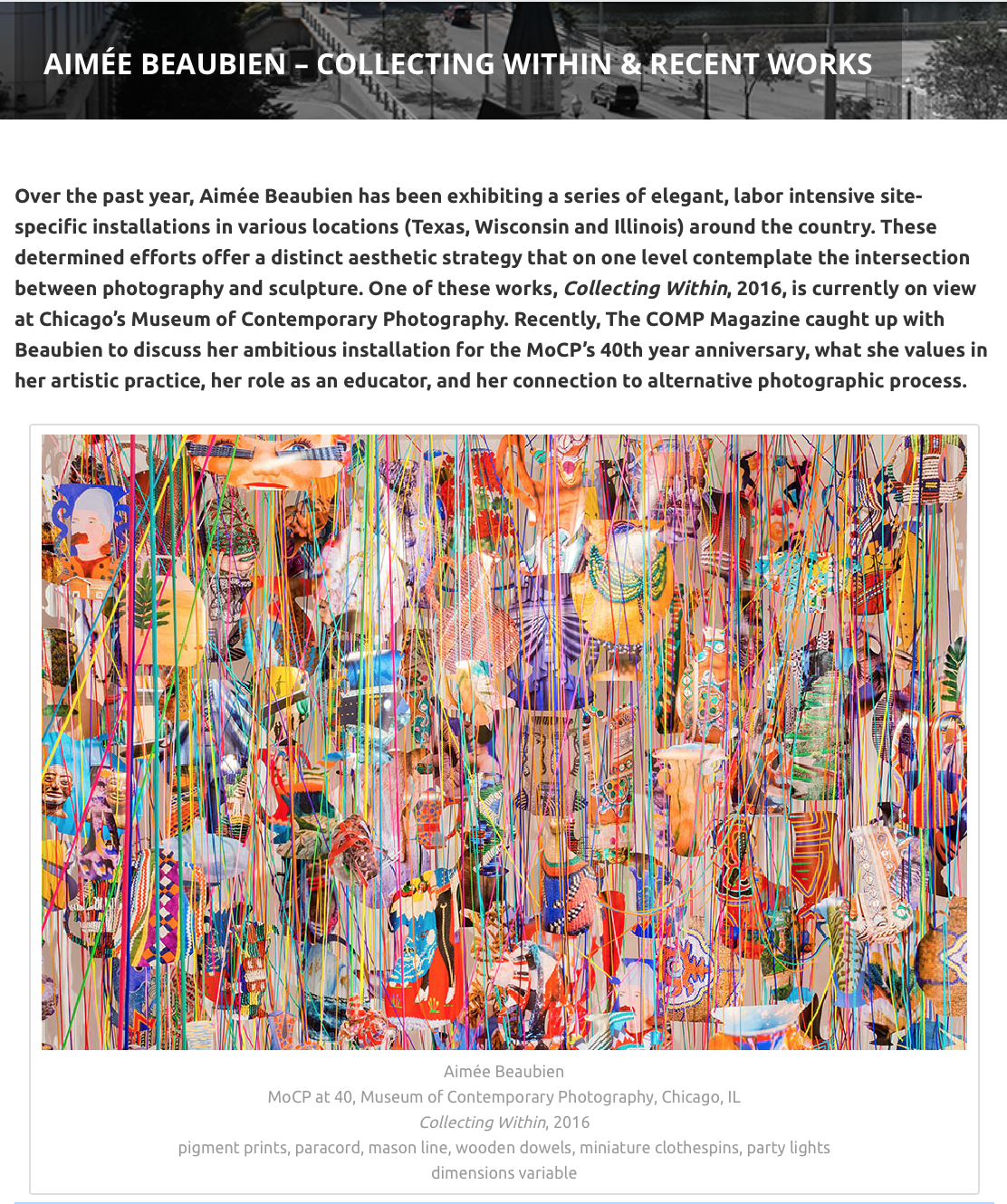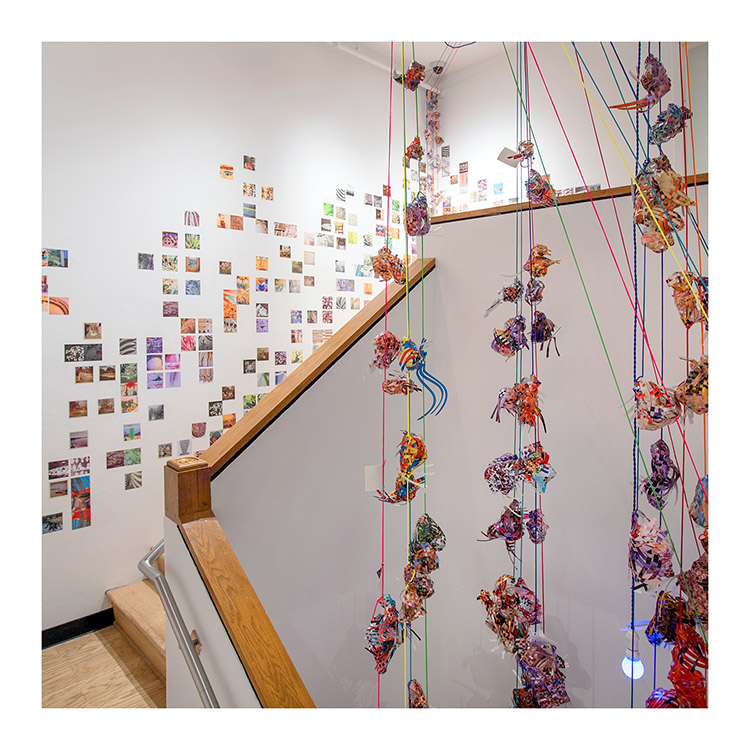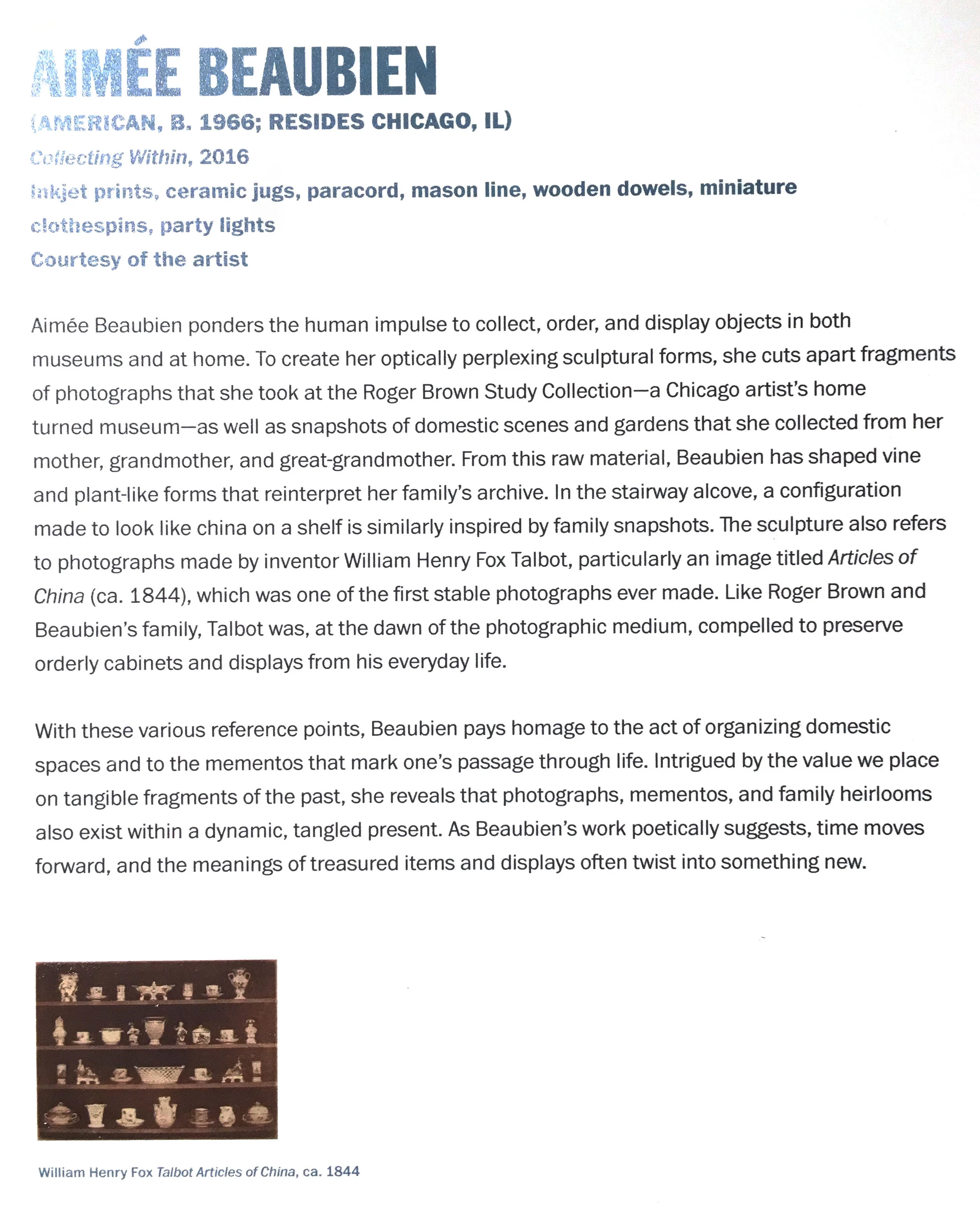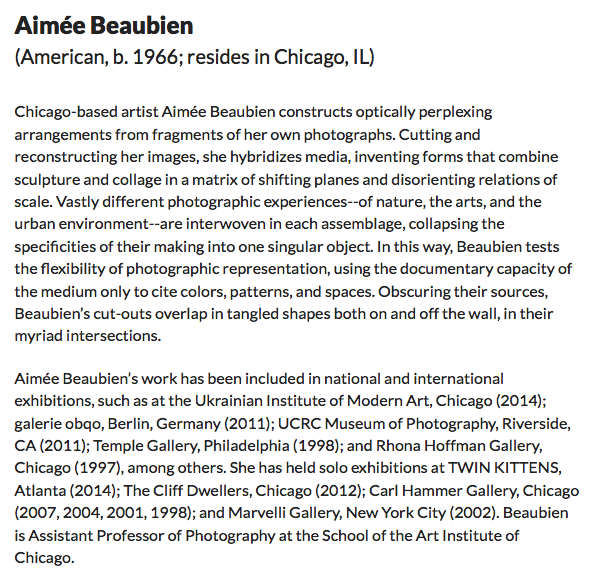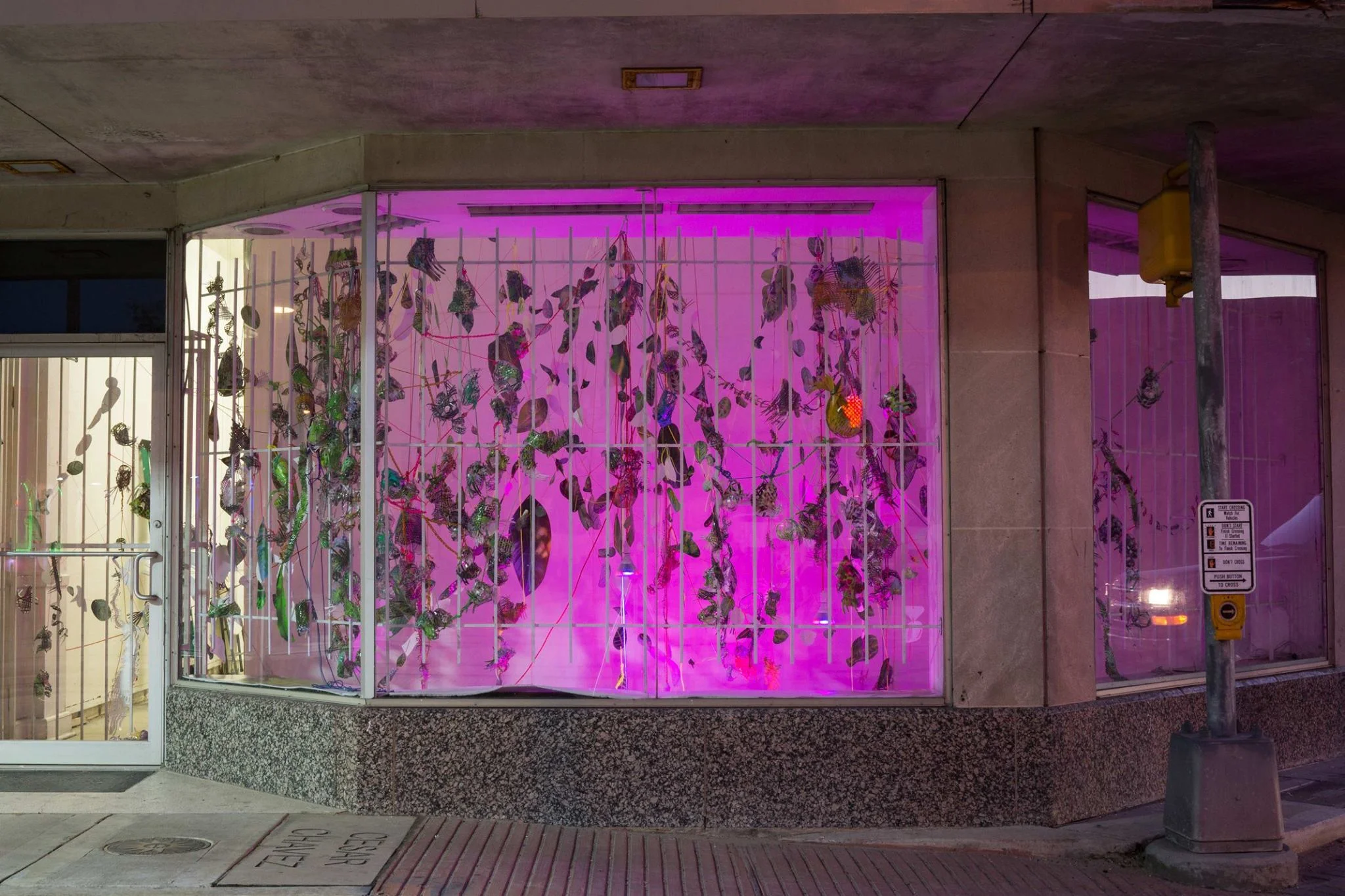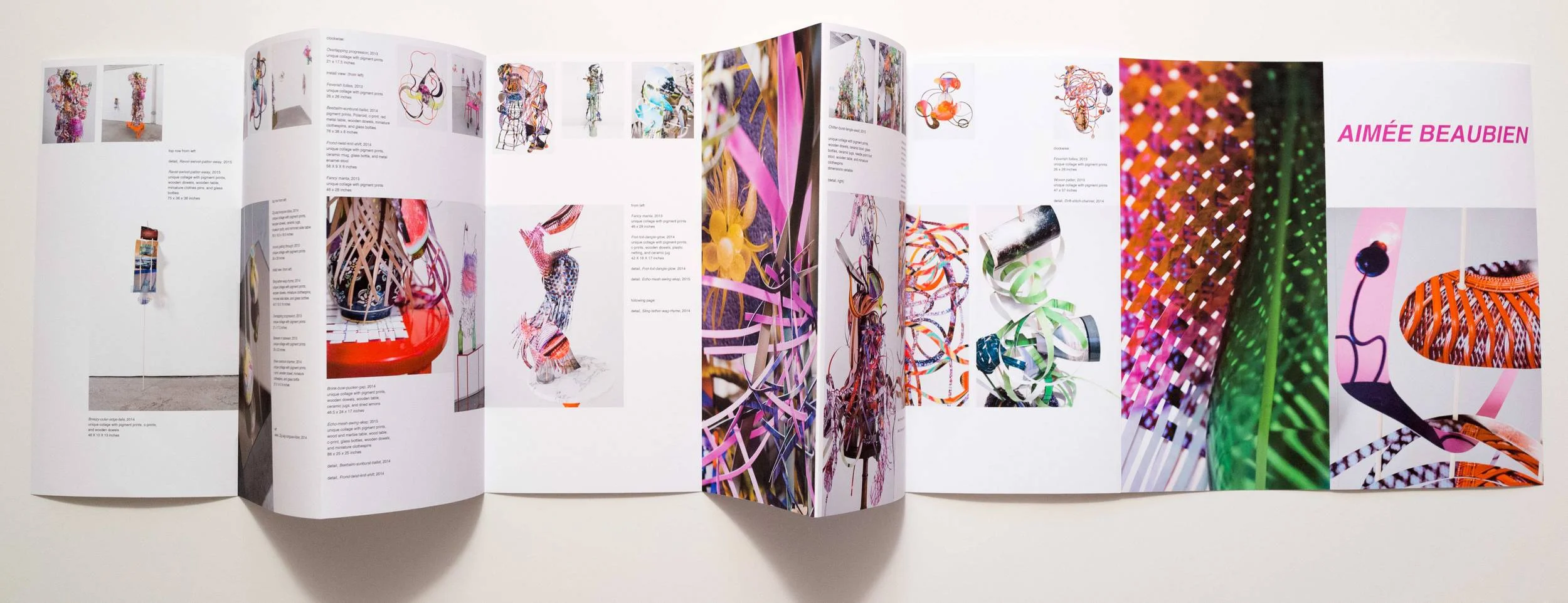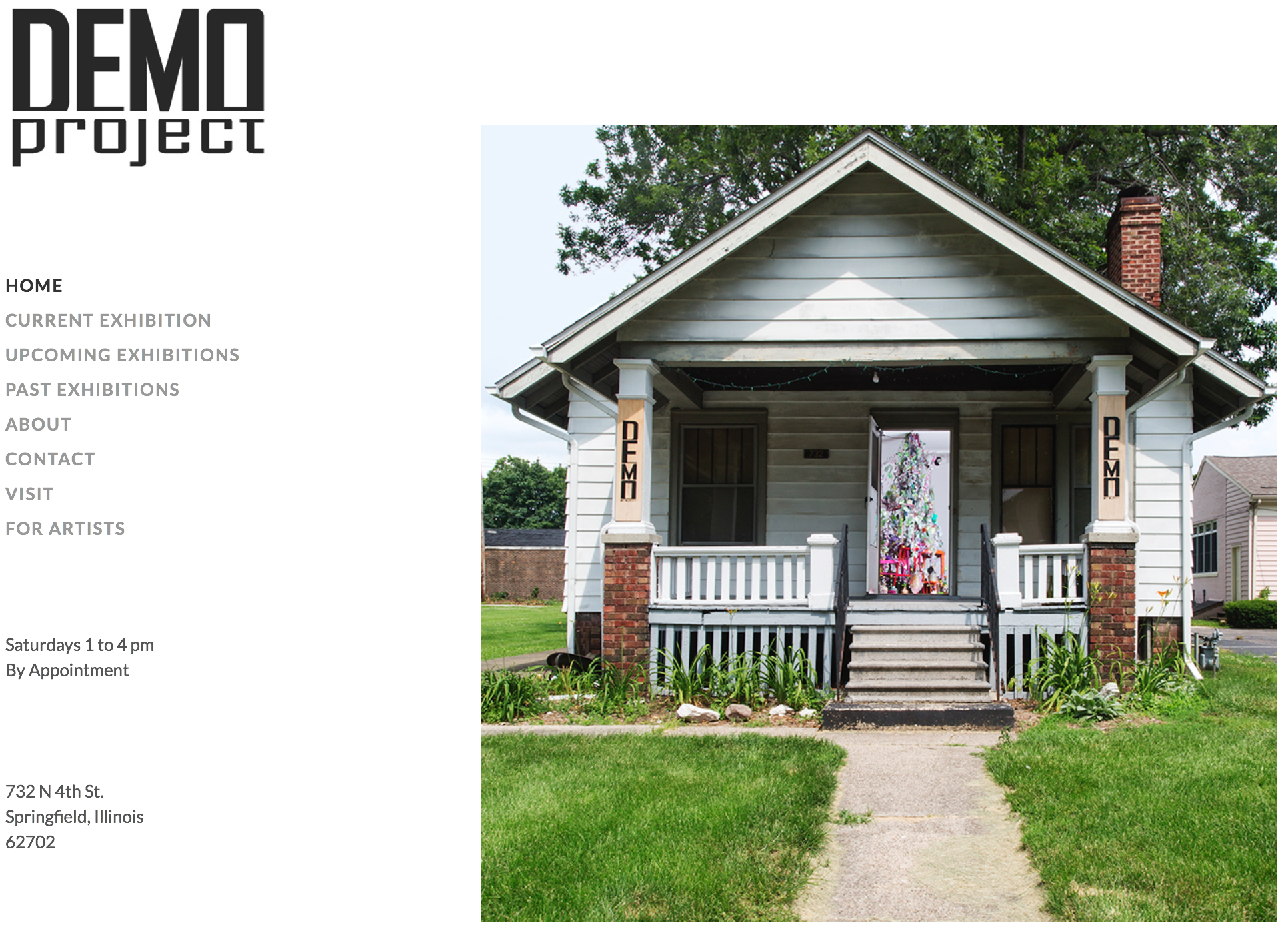You’ve been investigating and working with collage since the early 1990s (perhaps earlier?). What prompted you to focus your aesthetic efforts upon this type of art practice? Are there any specific early experiences that prompted a shift away from traditional photography approaches?
I cut photographs up as soon as I began making photographs in the mid-80’s and explored alternative forms of presentation. By cutting into and distorting recognizable formats and materials I had hoped to draw attention to the construction of the image. My great-grandmother introduced me to photography and collage at a very young age. She took photographs everyday with a particular focus on the changing conditions in her garden throughout the seasons and years. The many ways she used her camera to look closely and to hold on to ephemeral matter continues to loom large in my imagination. She had a magical way of repurposing available stuff and employing sophisticated self-taught collage techniques to revitalize material. And as a young art student I was, and continue to be, very excited by artists using photography in unconventional ways. I studied with amazing professors at SAIC (Angela Kelly, Silvia Malagrino, Karen Savage, Barbara Crane) who encouraged experimentation with photography.
Lets jump into your current installation at the MoCP (Museum of Contemporary Photography). This is clearly an ambitious piece that was made specifically to coincide with the celebration of the museum’s 40th anniversary. Can you share with us an introduction to the process and intent?
When I was invited to construct a site-specific installation at MoCP I had just started photographing in the Roger Brown Study Collection. Allison Grant, Assistant Curator, shared some of the plans for MoCP at 40. I wanted to mirror some of the activity in the galleries leading up to the stairwell so I began by thinking about how I could respond directly to the idea of a collection. I find our impulses to collect and what we collect fascinating. Inspired by William Henry Fox Talbot’s early photographs of collections – I took his image ‘Articles of China’ from the 1840’s as a jumping off point to build a wild china cabinet, a suspended cabinet of wonder. Details of my photos, copies of Talbots and my great-grandmother’s climb the stairs informed by familiar memories of following the lives of families in pictures while walking up the staircases in their homes. I treated overlapping collections of photographs in radically different ways inside of this installation – cut, woven, suspended, and transformed. I incorporated two of my personal collections possessing significant emotional meaning to me – the many whiskey jugs my husband makes and my great-grandmother’s photographic archive – and blended my collections with my responses to Roger Brown’s collections. I cut silhouettes of vessel forms into my photographs of Roger’s things and suspended them from brightly colored paracord to hang in layers within an architectural niche 11 feet long by 9 feet high and 3 feet deep. Through Collecting Within I explore the dynamic and tangled attachments that form for the things we collect. And throughout this installation I play with the perception of weight: the weight of things, the weight of images, the weight of representation and the emotional ties they collect.
In looking at the development and history of your work, I see a shift in your approach and the visual elements presented. For instance, there appears to be a progression away from a 2-Dimensional fixed design to a more fluid 3-Dimensional sculptural arrangement. In addition, there appears to be a deterioration of recognizable imagery. Can you share with us your views in how your art practice has progressed over time?
In the past two years my collage gestures have grown into three dimensional sculpture and site-specific installations. I weave visual impressions together and use photographic paper as the primary material to explore physical and perceptual relationships. My depictions of a dimensional world rendered flat in prints reach extended expressions that bulge, hang, weave, and tangle.
I continue to reflect on Geoffrey Batchen’s observations of William Henry Fox Talbot’s ‘Honeysuckle’ c. 1844: “Talbot crowds his camera into the bush of flowering honeysuckle, resulting in a remarkably three-dimensional picture. Looking at this image, we feel as though we too are peering into these branches, our field of vision totally filled by its light-dappled petals and stems. The photograph is at once realist and abstract, and thus points to a paradoxical aspect of photographic vision that many future practitioners would also learn to exploit.”
Transitions in my working process in turn change the ways that I capture moments from my everyday. How much can I cut away? What will agitate associations? As moments drift I crowd in with my camera to draw connections through different conditions in a manner that I imagine information travels through systems and bodies. The act of replacing a complete image in the process of inventing a new one seems analogous to the ways that I process information and reconstruct memories. I think I know something but that thing and my relationship to it continues to transform.
What do you value most in your art practice?
I value working in an exploratory manner. I place myself somewhere not entirely familiar and crowded inside situations where I learn as I go. Photography is always changing and my relationship to it continues to change. I embrace the multifarious nature of photography and the various tangled complications accompanying this medium.
You’re also an educator. Do you have any ongoing philosophies or practices that you try to share with your students? Does you teaching have any specific impact upon your ongoing investigations?
The classroom is an exciting and dynamic environment. I share my enthusiasm for learning and more specifically for learning about the lives of artists and the work they make. I try to get everyone to dance with me on the first day of class. It is embarrassing to dance in front of people but each time I have to remind myself that I feel really connected to what I’m making when I feel vulnerable and not entirely sure of where things are headed. I’ve had some of the most inspiring and revelatory experiences with students when we have allowed ourselves to be open, vulnerable, and generous in our discussions. I encourage people to follow their curiosities, to learn how to push themselves a little harder, to try something new, and to keep on going!
In the past year, you have produced a number of site-specific works that are remarkable in consideration of the labor-intensive side of your practice. So, what’s up next? Are you scheduled for any future projects? Exhibitions?
Thank you! It has been a busy year but I have learned so much from having this series of opportunities to create site-specific installations. My approach to building installations seems similar to how I treat my tiny backyard garden. My garden and an exhibition space are large-scale canvases to explore the potentials of wild compositions. In every way that I engage with my work I seem to naturally gravitate towards building things that require a great deal of labor and attention to detail. Right now I am still generating work in response to Roger Brown’s collection. I am installing a freestanding photo-based sculptural piece in the Roger Brown Study Collection later today and am looking forward to seeing my photos of things in the collection within this home museum. While testing new ways to work with my photographs I continue to imagine connections between an artist’s works, their life and the things they collect.

